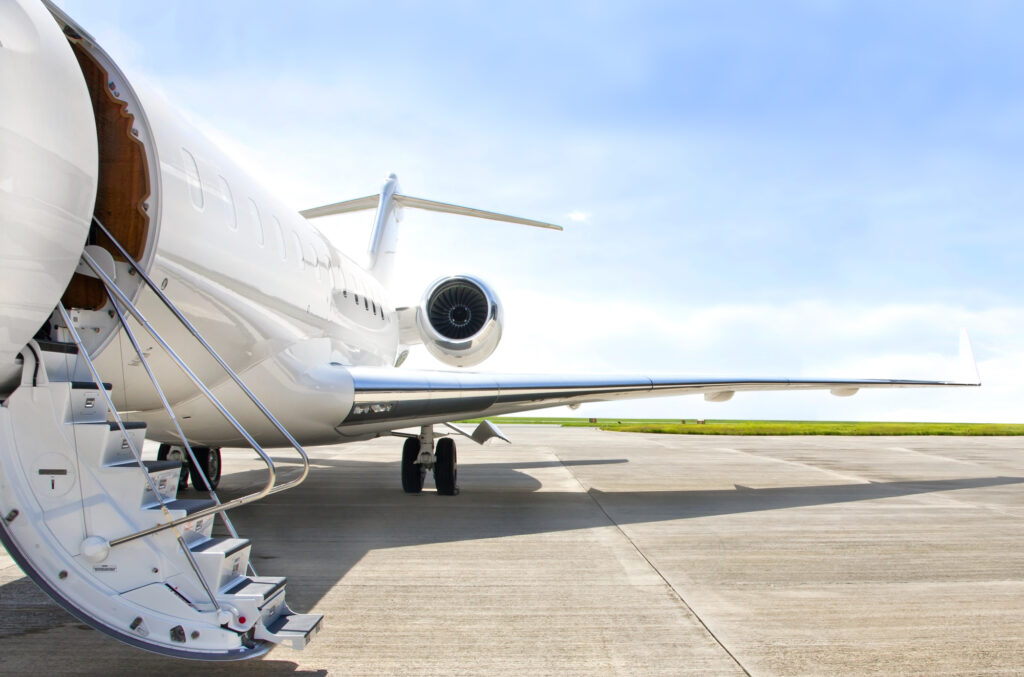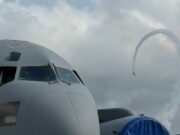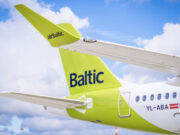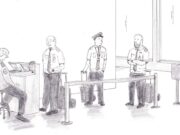
This month let’s look at a different aspect of the pilot shortage.
Pretend you're a high-net-worth individual, sitting on your yacht in the middle of the Med, sipping a 50-year-old single malt and you get a call on the sat phone from your business aviation consultant.
“We found a great G-600 for you,” the consultant says. “It has all the bells and whistles and it's only about two years old. We can get it into pre-buy in ten days and you can be flying it in a month. We just have one issue. We can't find any pilots for it. I've been on the phone with the management company all morning.”
“What?” you ask, almost spitting out a bit of the amber nectar in your mouth. “Pilots? What's the problem? Just hire some!”
“That's the problem,” the consultant replies. “There aren't any pilots to hire who are qualified in that jet. They're all working.”
“Well, can't we hire someone who isn't qualified and get them trained?”
“Not for a year or so. The training centers don't have any openings.”
“You mean I'm going to spend 60-million dollars on a jet that I can't fly?” And now you're starting to get really annoyed.
“We can find contract pilots for it,” the consultant says, “but they're expensive, like $3,000 – $4,000 per day.”
“I don't want to do that. You know how I am about wanting to see the same faces. You get back to that management company and tell them I'll pay top dollar for pilots. Money is no object!”
Welcome to the pilot shortage within the pilot shortage. Certainly, with the airlines, management companies, and corporations scrambling for pilots, the demand for the entire population is high, but the demand for those who fly the newer, sexier jets is particularly acute. The G-VII (G500, G600, G700) leads the pack, with the Bombardier Global 7000 & 7500 a close second. Surprisingly, the Gulfstream G-650 is included in this group as well, even though it's been flying for over a decade. When the Gulfstream G800, Global 8000, and Falcon 10X debut in the next few years, they will undoubtedly join this group as well.
The main reason for this acute demand is the fact that there simply aren't that many people type-rated in these jets and experienced pilots are hard to find. Additionally, while simulator training slots for all business jets seem to be in short supply these days, initial training for these jets is particularly hard to come by. The fact that the cost for an initial course in these aircraft is well over $100,000 doesn't help the situation. Then there is the fact that once a pilot does get typed and gains a bit of experience in one of these jets, he/she becomes a something of a commodity – and commodities in high demand attract high prices.And speaking of high prices, it used to be that anecdotal stories about pilots making large sums of money for flying specific aircraft were uncommon, something you heard while you were paying for fuel at the FBO or chatting with someone in the pilot lounge. As a statistician and compensation professional, I didn’t pay much attention to them. Times have changed. These days, anecdotal stories about pilots who fly these jets getting compensation offers well above $300,000 is becoming commonplace. It used to be that business aviation managers only needed to worry about their personnel transitioning to the airlines. Now they must worry that their people might walk out the door to make more money down the street. If you’re a G-VII driver, enjoy your time in the sun. If you’re an aviation manager, get out your checkbook.




















































Seen it a hundred times. Management companies do not want to tell the owners the tough facts: Pilots want a life, which means hard days off! Until you swallow that pill, pilots will flee to the airlines where they have a schedule. Even the big players like Solairus can’t say “Hard days off”! Dan will tap dance and say something slippery like “We trust each of our 300 CAMs to make the right call” That’s a weak answer DAN, step up, make HDO an actual thing. Don’t let your position slip away!
Impacted training is also a problem, it comes from the musical chairs of required training of pilots changing companies, and the reluctance of Gulfstream to allow CAE to put in a sim or two. FSI loves being the only game in town!